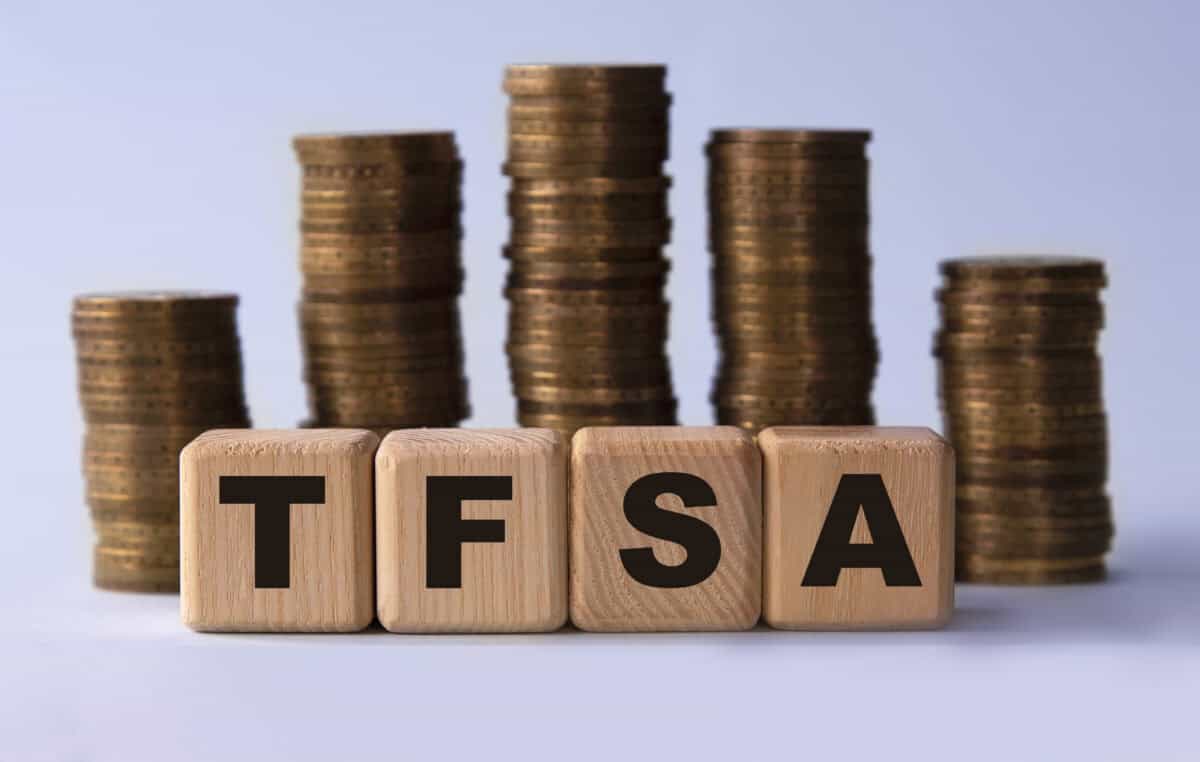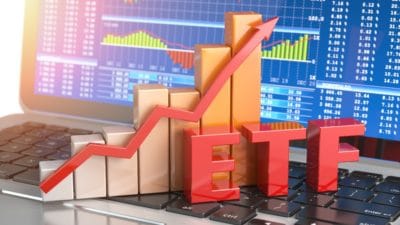Turning 50 can be a reflective milestone., especially when it comes to retirement planning and assessing the health of your Tax-Free Savings Account (TFSA). For many Canadians, the TFSA has been a helpful vehicle for tax-free growth. Is the average balance of around $40,000 to $50,000 enough? Considering inflation, rising living costs, and longevity, a deeper look into whether this amount can cover retirement aspirations is essential.
Balancing act
The average TFSA balance suggests that many Canadians might not be maximizing their annual contribution room. This, as of 2024, totals $95,000 if you’ve been eligible since the TFSA program’s launch in 2009. While it’s great to have that balance in a TFSA, the beauty of this account lies in its potential to grow without the tax bite, meaning there’s plenty of opportunity for those who may need to “catch up” on their retirement savings to do so. Even for those starting late, it’s never too late to make regular contributions and put those dollars to work effectively within a TFSA.
If your TFSA isn’t quite where you’d like it to be, don’t fret! Consistent contributions, even on a modest scale, can create meaningful results when you have a strategy that maximizes compounding. And one of the most effective strategies to grow your TFSA is through quality investments. For example, adding an exchange-traded fund (ETF) like iShares MSCI USA Quality Factor Index ETF (XQLT) could offer a smart solution for TFSA growth. XQLT focuses on quality U.S. stocks with solid financial foundations. This can provide both stability and growth potential, two critical factors in retirement investing.
More on XQLT
So, what makes XQLT a great catch-up vehicle? This ETF is designed to capture U.S. large- and mid-cap companies with strong financial characteristics. This includes high return on equity, consistent earnings growth, and low debt. Essentially, these are businesses that tend to weather economic cycles well. With XQLT, you’re investing in a diversified set of sectors.
XQLT’s past performance shows its strength. In the last year alone, it returned approximately 31.42% in total. While past performance doesn’t guarantee future returns, this kind of steady performance underscores why quality stocks have an edge. With such consistent growth, XQLT aligns well with a “catch-up” strategy, especially for investors who may be coming to realize the importance of maximizing the TFSA later in life.
Future outlook
Looking forward, quality-focused ETFs like XQLT offer a promising future outlook. Companies that prioritize profitability, manage their debt well, and maintain steady earnings growth are generally better prepared to face economic downturns and market shifts. This means XQLT could serve as a defensive play that also provides room for capital appreciation and dividend income. Both contribute to a healthier TFSA balance.
Let’s not forget that adding quality investments like XQLT to your TFSA is a tax-efficient way to grow your retirement fund. Because TFSAs shelter all gains from taxes, reinvested dividends and growth compound without the burden of capital gains or income tax. Over time, this tax-free growth can create a substantial difference, helping you reach your retirement goals faster and without the drag of annual taxes on gains.
Bottom line
Of course, even though XQLT provides a diversified mix of stocks, it’s always a good idea to maintain some variety in your TFSA investments. Balancing XQLT with other income-generating or defensive assets can give you a well-rounded portfolio that can adapt to changing market conditions — key in the years approaching retirement.
So, while the average TFSA balance for Canadians around 50 might seem modest, the potential for growth remains robust. Regular contributions and the strategic use of ETFs like XQLT can go a long way toward enhancing your retirement savings. By taking advantage of the unique qualities of TFSAs and leveraging investments that focus on quality and stability, Canadians can catch up on their retirement goals, creating a TFSA that supports a comfortable and secure retirement.









